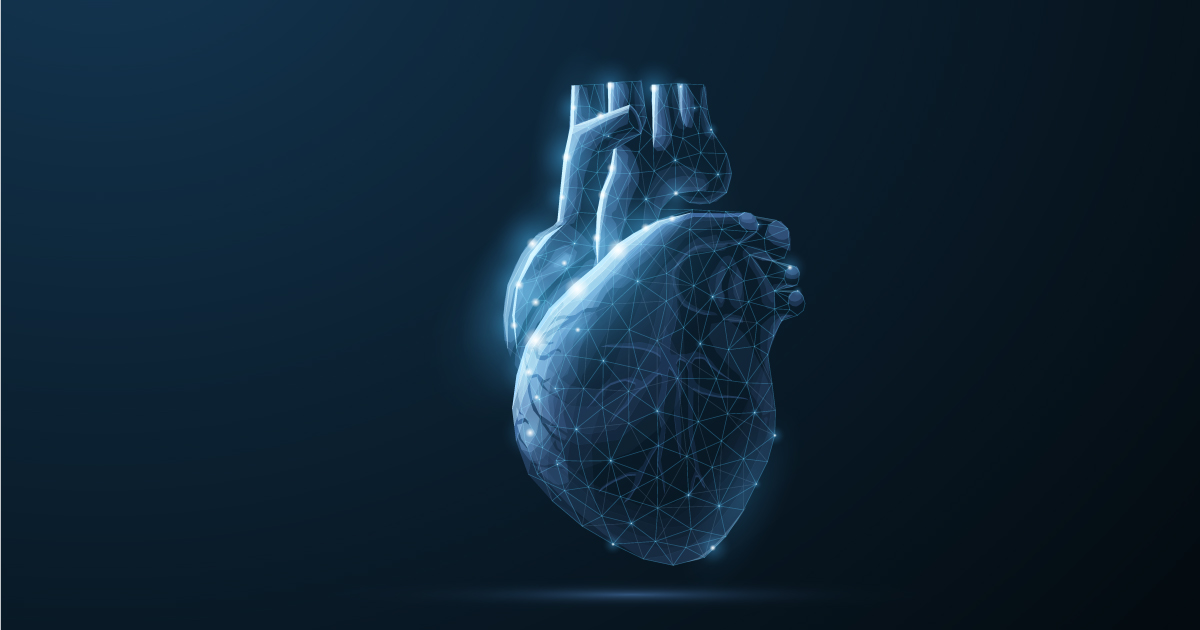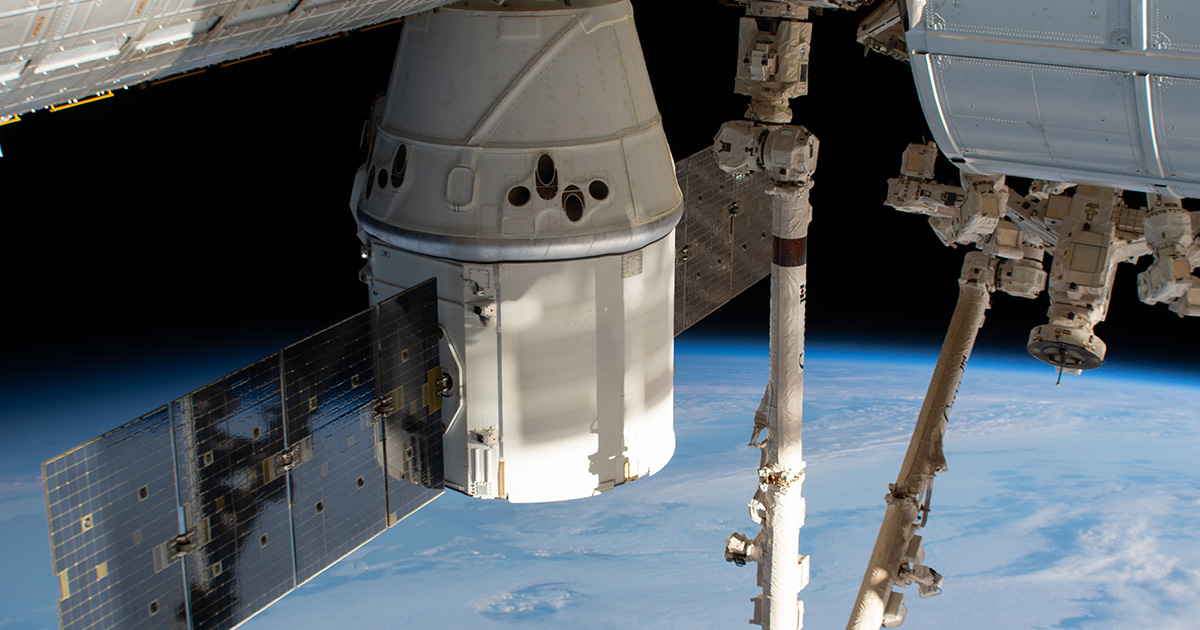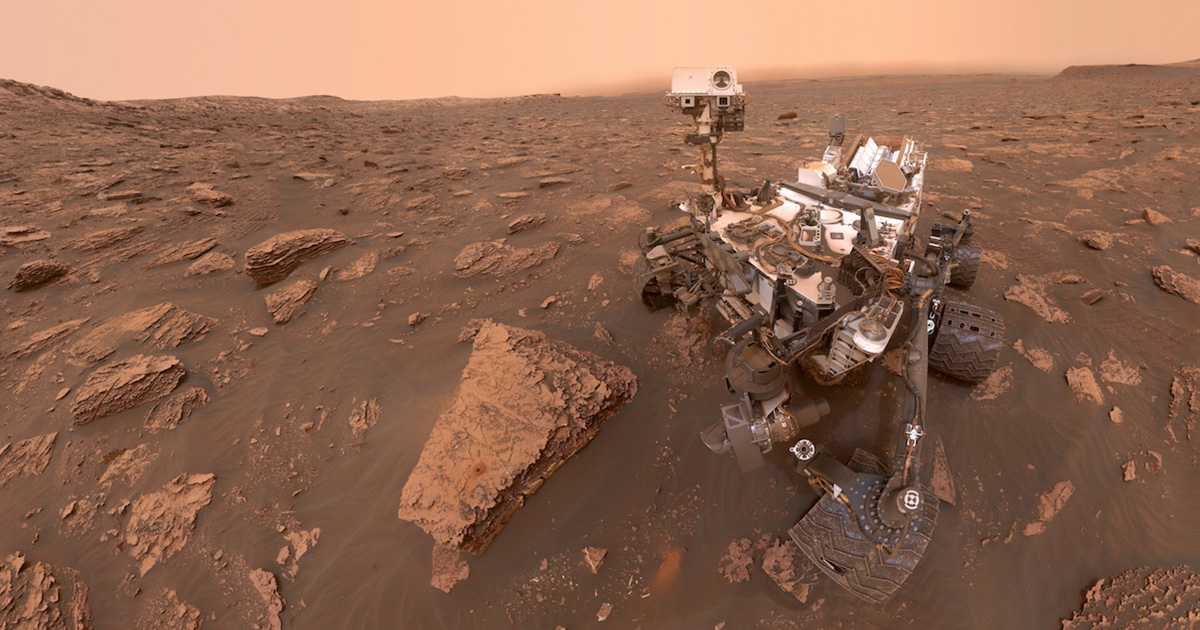At any given moment more than 100,000 people in the United States alone are awaiting an organ transplant, and more than a dozen people a day die while waiting for an available organ. There just are not enough donors to meet the demand for organs. It is a tragedy without a viable solution—until now.
Bioprinting: An Engineering Problem
Oct 31, 2019 1:03:40 PM / by posted in 3D Engineering, 3D printing, Science
Prosthetics Bring New Prospects for Engineers
Mar 6, 2019 12:06:18 PM / by posted in 3D Engineering, Engineers, Prosthetics, Medical Technology
Tomorrow’s engineers and today’s innovators are pursuing specialized education and career options that were never available, until now. The future is here. Technology that was once considered science fiction is reality—uniting engineering and medicine in cross-disciplinary collaborations is revolutionizing the field of prosthetics.
Building a Space Station: A brief history and how-to
Feb 20, 2019 7:00:00 AM / by posted in technology, 3D Engineering, Space, SpaceX
You look up at the night sky and watch a tiny dot moving across, it can't be a bird, or a plane, way too small and too far away. “Could that be a satellite? Did I just watch a UFO?” You ponder, nope. In all probability, what you just saw was the International Space Station—the grandest and most expensive construction project ever attempted by humanity.
Manned Mission to Mars: How Close are We?
Jan 7, 2019 6:00:00 AM / by posted in Mars, 3D Engineering, Exploration, Space, SpaceX
Charles Bolden, a former space shuttle commander and National Aeronautics and Space Administration (NASA) Administrator from 2009 to 2017, dreamed of being the first person on Mars when he first checked in for astronaut training in 1980. At the time, NASA thought that a crewed Mars mission was thirty years away. Of course, we know now that prediction was overly optimistic. Yet there have been technological advancements and a renewed interest in human exploration of the Red Planet in the past few years. How soon could a Mars mission be possible, and what technology will NASA need to make it a reality?


.jpg)

